#*jjk s1
Explore tagged Tumblr posts
Text
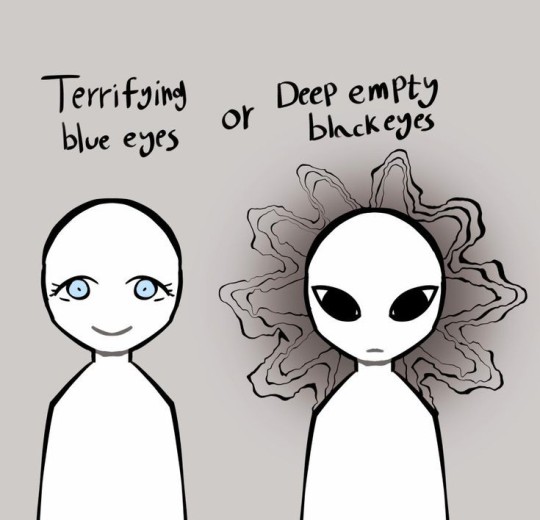
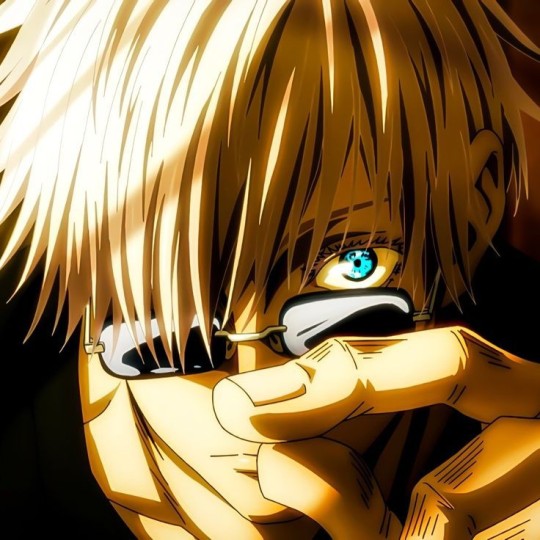

i find them everywhere in everything
#jujutsu kaisen#jjk#gojo satoru#geto suguru#satosugu#stsg#jjk anime#jjk s1#jjk s2#8k#9k#10k#11k#12k#13k#14k
15K notes
·
View notes
Text





Possibly one of my favorite s1 show interactions.
#jjk#inumaki toge#jjk inumaki#jujutsu kaisen inumaki#jjk s1#jjk anime#megumi fushiguro#noritoshi kamo#jjk noritoshi#jujutsu kaisen megumi
172 notes
·
View notes
Text


megumi night routine
#sleepy megumi#megumi fushiguro#night routine#skincare#fanart#jujutsu kaisen#jujutsu kaisen anime#jujutsu kaisen art#jujutsu kaisen fanart#jjk manga#jjk#jjk anime#digital art#jujutsu kaisen megumi#jujutsu kaisen manga#jjk fanart#jjk megumi#jjk art#jjk s1#jjk s2#jujutsu kaisen season 2#jujutsu kaisen aesthetic#jujutsu kaisen shibuya arc#jujutsu kaisen s2#jujutsu kaisen fushiguro#jujutsu megumi#procreate#megumi fushiguro fanart#megumi fluff#megumi fanart
118 notes
·
View notes
Text
"NobaMaki in the show can be read as platonic"
Juju Stroll: NobaMaki are GAYYYYY. They know each other's waist sizes as well!!!



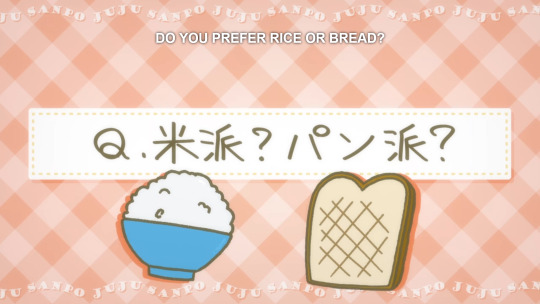



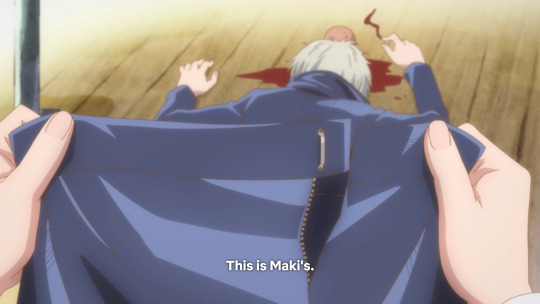
#nobara kugisaki#maki zenin#jjk#jujutsu kaisen#nobamaki#jjk anime#maki x nobara#nobara x maki#juju stroll#jjk s1#nobara taking those questions as a chance to gauge her and Maki's compatibility#this quiz is for funsies#nobara: no this is a speed dating show quiz now#wlw post
141 notes
·
View notes
Text
Things like this change a person. After death, you can never return the person you once were.
As Megumi sat in the darkness of his room, alone in his bed, he couldn't comprehend the fact that Yuuji was really gone.
He could hear the thud of his body hit the ground, a sickening splat as he fell into his own blood, onto the concrete.
When Satoru found him, craddling Yuuji in his arms, sobs escaping him like they had been trapped there for centuries.
People didn't get over these things, did they? You never escape death, even if your heart still beats in your chest.
Megumi didn't remember getting home that day.
#jujutsu kaisen#jjk#poemsbyme#jjk itafushi#jjk megumi#jjk gojo#gojo satoru#fushiguro megumi#itafushi#poems on tumblr#jjk s1#yuuji itadori#megumi fushiguro#jjk angst#jjk fanfic
60 notes
·
View notes
Text

“Let’s play a game of chicken shall we?”
66 notes
·
View notes
Text








JUJUTSU KAISEN // ITAFUSHI // Episode 2
#and they were roomates#oh my god they were roommates#megumi asks gojo to save yuuji#for personal reasons#damn gumi really wanted to unleash mahoraga on yujikuna#yuji just met him and he's already happy to see him#the way he says FUSHIGUROOOO#megumi is so done with yuji#human kirby just complicated his life#megumi just wanted to do his job#yuuji just wants to save people#itafushi#roommates itafushi#when jjk was still silly#basically a slice of life#itfs#jujutsu kaisen#jjk#jjk s1#megumi fushiguro#yuuji itadori
21 notes
·
View notes
Text

Desiderium
#yuji itadori#yoshino junpei#jjk#jjk s1#jjk s2#jjk fanart#jujutsu kaisen#ultfreakme art#jujutsu kaisen fanart#itadori yuuji#itajun#itadori yuji x yoshino junpei
72 notes
·
View notes
Text







#moodboard#random moodboard#messy moodboard#alternative moodboard#grunge moodboard#black moodboard#beige moodboard#red moodboard#anime moodboard#anime#jujutsu kaisen#jjk#jjk season 1#jjk s1#geto suguru#suguru geto#jjk geto#jjk suguru#random layouts#messy layouts#alternative layouts#grunge layouts#black layouts#beige layouts#red layouts#anime layouts#icons#anime icons#dividers
45 notes
·
View notes
Text

#living in the nile#hold steady lads ingorance is good for mental health#manga spoilers will be blocked/deleted mfs#anime#anime memes#jjk#jujutsu kaisen#fushiguro megumi#megumi fushiguro#yuji itadori#itadori yuji#nobara kugisaki#kugisaki nobara#jjk s2#jjk s1#jjk season 2#jjk memes#itafushi#fushiita
73 notes
·
View notes
Text

2K notes
·
View notes
Text

My underrated king 😞 (can you tell I gave up)

Here’s the sketch btw. I always like the sketch better than the “finished” product. Credits and thanks to @Ciara1 on Pinterest for the base.
#jjk anime#jjk inumaki#jujutsu kaisen inumaki#inumaki toge#jjk s1#jjk manga#jujutsu kaisen#gojo satoru#jujutsu geto#geto suguru#itadori yuuji#maki zenin#panda jjk#yuta okkotsu#jjk fanart#jujutsu kaisen megumi#jjk second years#inumaki x reader#inumaki fluff#nobara kugisaki#jujutsu nanami#nanami kento#digital fanart#my fanart
70 notes
·
View notes
Text
JJK update!
I've just finished season 1 and watched JJK 0 and all I gotta say is I love JJK so much y'all.
As far as JJK 0 goes, I loved the movie. I watched it last night. I would die for Yuta. Zero hesitation. I adore that child. I don't understand Geto tho, I'm sorry. I really wanna know what happened to him because I just know he's been deeply hurt. But the fact that Satoru referred to him as his best friend in the end really hit me in my heart. Idk their history, but clearly they were in school together and were close. But the fact that he still chose to refer to him as that even after everything- WOW.
JJK season 1 was fantastic i love it i love it i love it i love ittttt. I ADORE Yuji and Megumi. I am so freakin proud of Nobara and Maki I love them with my whole heart. I'm so proud of all of them honestly. DOn't even get me started on Gojo. I LOVE THIS MAN! HE'S SO COOL😭 I love him sm y'all. And Nanami???? Y'ALL- I cant. Love that man. He's amazing. I love this show so much and I can't wait to see how season 2 goes!
#jjk#jujutsu kaisen#gojo satoru#satoru gojo#yuji itadori#itadori yuji#megumi fushiguro#fushiguro megumi#nananmi kento#kento nanami#nobara kugisaki#kugisaki nobara#jjk s1#jjk season 1#jjk 0#jjk 0 movie#jujutsu kaison 0
27 notes
·
View notes
Text

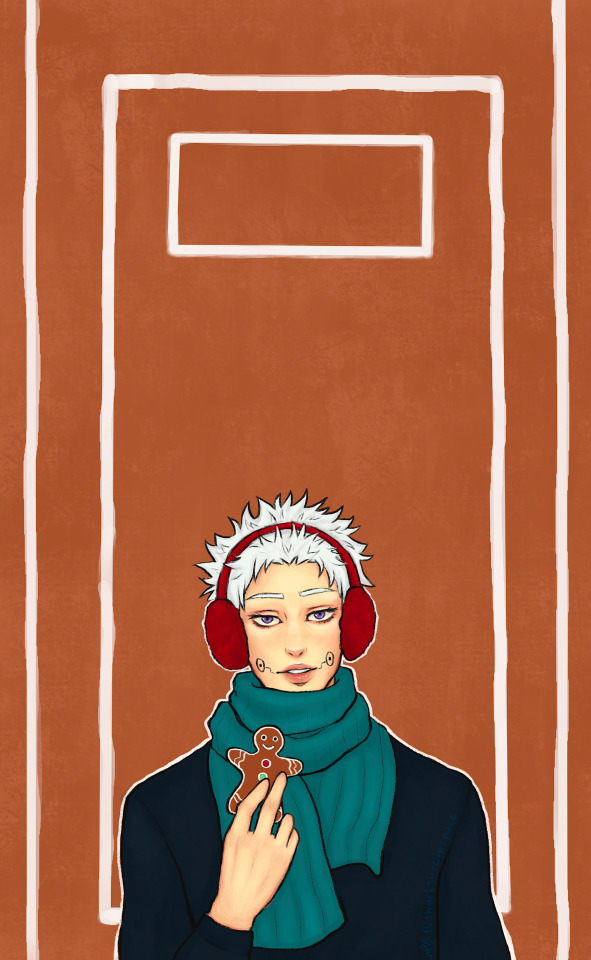
toge christmas lockscreen
#inumaki toge#fanart#christmas#christmas lockscreens#toge inumaki fanart#toge fanart#jjk#jjk s1#jjk s2#jujutsu kaisen#jujutsu kaisen anime#jujutsu kaisen manga#jujutsu kaisen lockscreen#jujutsu kaisen art#jujutsu kaisen season 2#jujutsu kaisen toge inumaki#jujutsu kaisen toge#jujutsu sorcerer#digital art#procreate#gingerbread#gingerbread man#winter#winter lockscreens#jujutsu kaisen fanart#holiday#holiday lockscreen#lockscreens#jjk anime#precious angel gingerbread boi
22 notes
·
View notes
Text
People fangirling over Gojo Satoru Pt. 1
featuring Miwa

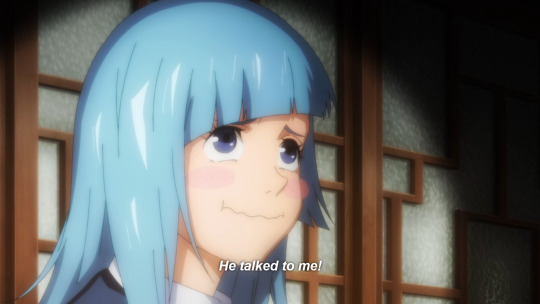



#gojo satoru#jujutsu kaisen#jjk gojo#miwa kasumi#jjk#jjk anime#jjk s1#jjk satoru#satoru gojo#gojo and his pretty boy energy#jujutsu kaisen season 1#jujutsu gojo#my posts
37 notes
·
View notes
Text

Can we please get an F in chat for my friend who's watching jjk for the first time
#I felt so bad#i couldnt say anything#them putting him in the intro was a wild move though#jjk#junpei jjk#jjk s1
7 notes
·
View notes